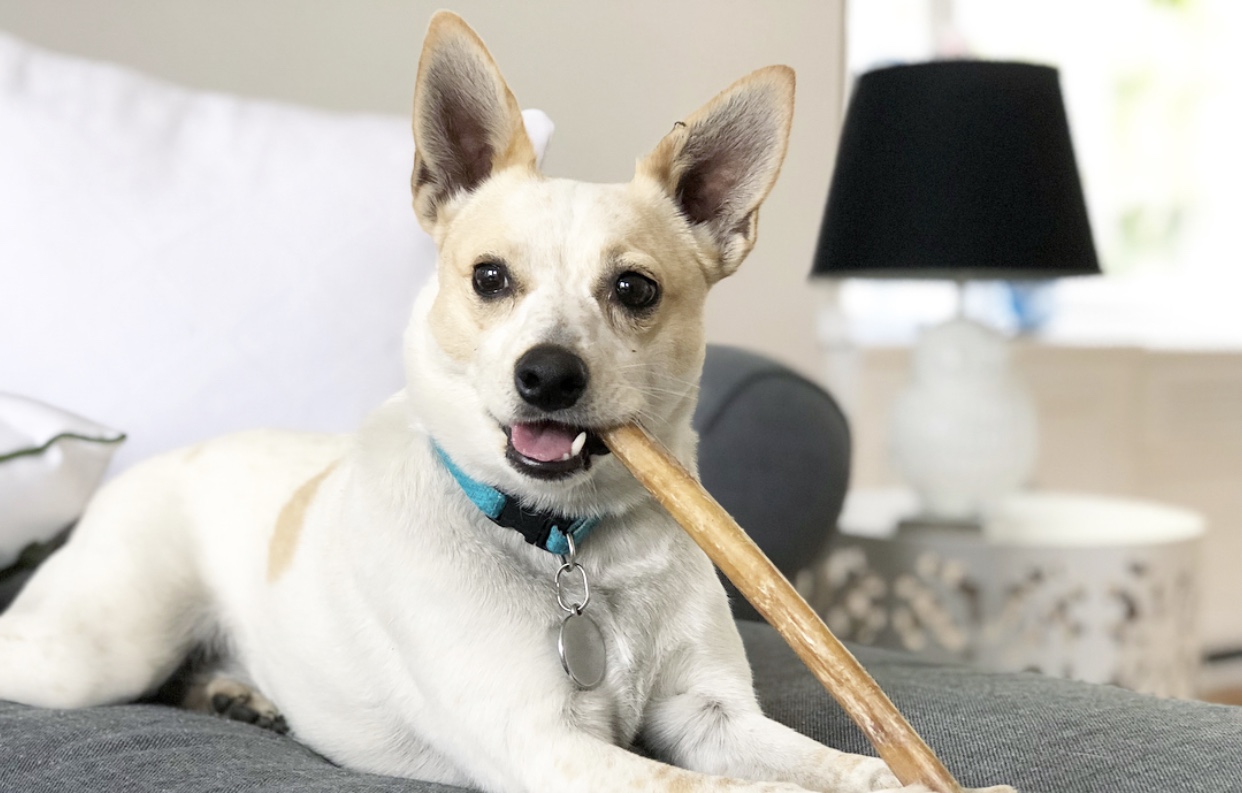Let’s take a look at the term “quality” as it applies to pet food products, and why it’s important to seek the best for your dog or cat.
When you shop, you shop for quality. But do you really know what that entails? When it comes to clothes, you can feel the fabric. If you’re shopping for produce, you rely on sight and smell. But which of your senses can you rely on when buying food and treats for your pet? Ingredient lists offers limited information, and buzzwords like “premium” and “wholesome” are hard to trust. Luckily, many companies in the pet industry have made quality a priority, and it’s not hard to find them – you just have to know where to look.
Quality – what does it mean?
In order to produce quality, a company first has to test for quality. This isn’t an easy practice to maintain, which is why many companies invest half-heartedly in this step, or skip it altogether. “Through quality assurance tests – micro sampling, visual samples, water activity samples – pet food companies can verify the product they receive from suppliers and send out to pet parents is safe for pets,” says Jennifer Hood, Quality Assurance Manager at Redbarn Pet Products. At Redbarn, they have a technical definition of quality assurance that applies to all their products. To them, it’s a systematic monitoring and evaluation of all raw products that enter their facilities and finished products that exit their facilities.
Why is it important?
Perhaps you’ve never considered quality an important feature when shopping for your pet’s food. Maybe you just grab whatever food is on sale, or continue buying the same brand out of habit without a second thought as to how it’s made. At the end of the day, all you can do is buy your dog or cat the best food you can afford. But it’s also important to take some time to research what you’re feeding him, especially if he’s experiencing any health concerns. “Our pets don’t get to decide what food goes into their bodies,” says Jennifer. “But as responsible pet parents interested in the longevity and health and wellness of our dogs and cats, we can select high quality, nutritional foods for them.”
How can you find it?
If you’re interested in finding a higher quality diet for your pet, stop looking on the shelves and start exploring behind the scenes. It doesn’t take long to read up on the brand of food you’re feeding your pet. Typically, a company’s website is printed right on the package, and the information found there might give you a better idea as to whether or not their food is being tested for contaminants, and what sort of standards they hold when it comes to cleanliness and safety. “I want assurance that the finished product is safe for my pets,” says Jennifer. “Safety and quality should be top priorities at every company.”
To go one step further, Jennifer recommends calling the company’s customer service line to gain additional insights into their quality assurance programs. “If they don’t have answers, this may be a sign the company does not want to share their QA standards or they don’t value it enough to keep their entire team up-to-date,” she says.
Here are some questions you can (and should) ask:
- Does your company own independent manufacturing facilities?
- If so, does the State Department of Agriculture, FDA and/or USDA regularly inspect it? If not, how do you monitor quality assurance standards and practices within the facility?
- What type of testing do you perform on your raw and finished products? Redbarn tests include: multiple different pathogen and microbial tests, water activity, moisture, pH, etc.
- Does your manufacturing facility have any certifications?
- Does your facility utilize an outside ISO accredited lab for additional testing, verifying your results?
- Does your facility follow HACCP (Hazard Analysis and Critical Control Points) Standards?
Listen carefully, and write down the answers that a company supplies to you. Be wary of tricky wording and a tendency to skirt around questions, and don’t hesitate to ask for clarification when something doesn’t make sense. It might sound like a lot of work, but the welfare of your pet depends on what he consumes – and he depends on you to seek quality!








